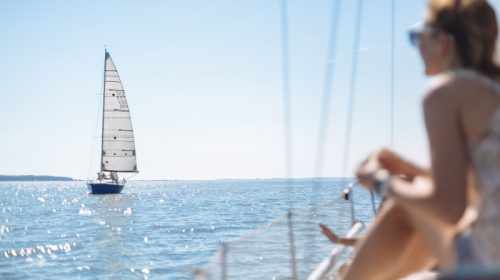Why not visit Sofia, the biggest city in Bulgaria which population exceeds 1 million inhabitants. This is the political and sports capital of Bulgaria and also the part of some very important east European transport routes. The city is well connected with some other capital cities in surrounding area like Athens and Belgrade. It is also well connected to its airport and the Black sea coast.
A delightful trip into the past
Sofia is very important for the flow of business in this European region. Also more and more young people find many reasons to visit the city, creating great nightlife so it is becoming more and more a a lively place to be at. Sadly communist past is evident also in the local architecture, especially when seeing older apartment blocks. At the other hand some great palaces, museums and other buildings are worth seeing, many of them dating back centuries in time. It is evident now that the capital of Bulgaria was important city even in time of the Roman empire.
Much of the country’s past can be enjoyed in the Archaeological Museum where you can see items and artifacts from Roman and Thracian times. Very interesting are alos Natural History Museum and Military Museum, so both are very well worth of visiting. The city also holds nice places like the botanical garden, city ZOO park, National Art Gallery and others.

Many visitors like to take a daily trips from the city to visit the monasteries in the nearby area. One of the most stunning views of the city is from the almost 2300 meters high mountain massif called Vitosha – find a local guide and check it out. Also you can go on your own – climb on Vitosha using a cable car that drives to Aleko.
Sofia – a city of great tradition
The city is most visited during many sports events and especially popular here is football. Also many festivals spice up the scene that also draws tourists from various parts of the Europe. One of those are Sophia Film Festival, Jazz Festival, Folklore Festival and Architectural Week.

Standard of Bulgaria is still not quite high as Western Europe and this means the prices are quite inexpensive and you can get good value for your money. Sofia is clearly one of the most important capitals of Eastern Europe and inside whole Balkan Region, even if it’s not the largest by population. City founded over 7000 years ago became capital only in 1879. Still very rich city history brings a variety of architectural styles, all telling a story about past events from Roman, medieval past Ottoman and Communist period.
Pretty efficient public transport is available and tourists can use it to visit even more distant attractions while the old town core can be visited on foot easily. Sofia is like a lost book and once discovered it rewards its finder with many beautiful things to see.








